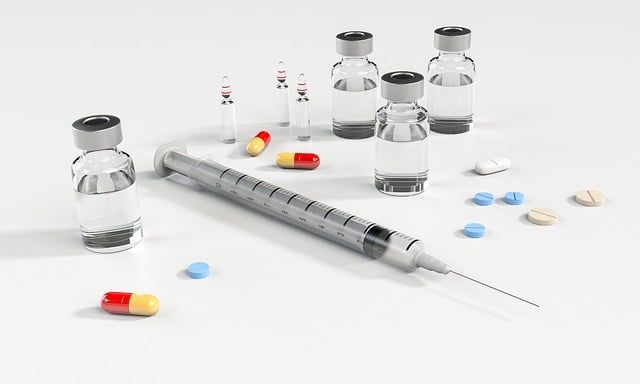
In the realm of Peyronie’s disease breakthrough, Orgotein, stem cell therapy, and traction therapy are emerging as promising treatment options.
These innovative approaches hold the potential to provide more effective solutions for individuals facing this challenging condition.

Peyronie’s disease is a condition that affects many men, causing penile curvature, pain, and potential complications during sexual activity.
While there’s no one-size-fits-all solution, several innovative treatments have shown promise in managing this condition.
In this article, we’ll explore some of these exciting options, from Orgotein, a novel drug, to stem cell therapy and traction therapy for Peyronie’s disease.
Orgotein for Peyronie’s
Orgotein is a groundbreaking drug in the world of Peyronie’s disease treatment.
This medication, classified as an anti-inflammatory metalloprotein, stands out due to its remarkable superoxide dismutase activity.
Administered through a specialized syringe, Orgotein is targeted at the hardened areas of the penis.
A recent study involving 23 Peyronie’s disease patients who underwent Orgotein therapy yielded promising results.
Patients reported reduced pain during erections, and over time, there was a noticeable decrease in both the size of the hardened areas and the extent of penile deviation during erection.
Equally important, Orgotein demonstrated exceptional safety and tolerability, offering a glimmer of hope for those grappling with this condition.
Stem Cell Therapy For Peyronie’s Disease
Stem cell therapy represents a cutting-edge approach to Peyronie’s disease management.
Stem cells, known for their regenerative and anti-inflammatory properties, have the potential to repair damaged tissues.
One particular type, adipose-derived stem cells (ADSCs), is widely used due to their abundant availability and ease of isolation.
While clinical evidence for stem cell therapy in Peyronie’s disease is limited, pre-clinical studies in rat models have shown promising outcomes.
Research suggests that stem cell therapy may reduce collagen and elastin deposition, decrease fibrosis, and promote the removal of specific cell types contributing to the disease.
While the early results are encouraging, further clinical studies are essential to confirm the therapy’s efficacy in humans.
Potaba For Peyronie’s – Effective Or Not?
In the realm of oral medications, the search for effective treatments for Peyronie’s disease continues. However, the lack of robust evidence has made it challenging to identify a widely recommended option.
The American Urological Association (AUA) and the International Consortium of Sexual Medicine (ICSM) currently do not endorse any oral pharmacotherapy due to the insufficient evidence.
On the other hand, the European Association of Urology (EAU) suggests that potassium para-aminobenzoate (Potaba) might lead to a significant reduction in curvature, plaque size, and pain.
While different medical associations offer similar guidance, it’s important to note that the overall consensus is that current oral monotherapies have limited clinical utility for directly reversing or modifying Peyronie’s disease outcomes.
In the search for effective Peyronie’s disease treatments, patients and healthcare providers alike remain hopeful.
While Orgotein and stem cell therapy show promise, ongoing research is needed to establish their long-term efficacy.
For now, a cautious and comprehensive approach is advisable, with the guidance of a qualified healthcare provider.
Here you can get ultimate information on Peyronie’s disease traction therapy.
Reference: https://www.ncbi.nlm.nih.gov/pmc/articles/PMC7255896/

